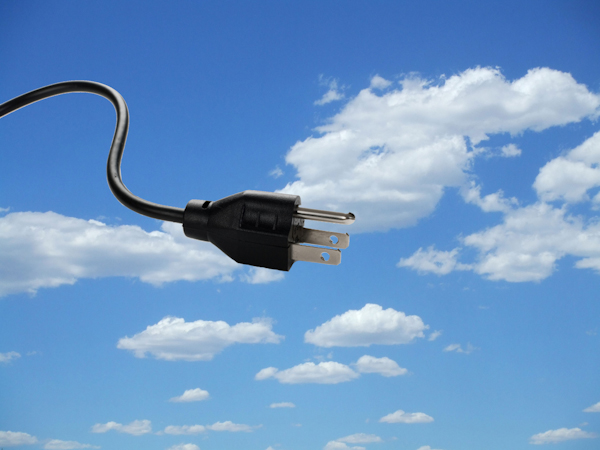Photo by: Nick Conley
Dennis Siegel, a design student at the University of Bremen in Germany, recently claimed that he has found a way to harvest “free electricity,” as it is called, into energy that any individual can use for their household items by pulling in atmospheric electromagnetic radiation from the air.
Siegel, on his website dennissseigel.de, stated that he has created a device that pulls in the electricity surrounding an electronic object, and stores the energy in something similar to a cell battery. He also claims that, depending what an individual uses as an energy source, his harvester can in fact charge an AA battery within around 24 hours.
The harvester itself has a magnet attached to the back of it, so it can be attached to many household items such as a coffee maker or a toaster, and in theory the item would be able to pull the energy for the rest of the day.
However, Siegel says that his harvester will not be able to charge high-use items like cell phones or computers for some time. The device works best when charging small items such as hearing aids, batteries, or simple sensors at home.
The harvester’s ability to charge something strongly depends on the range of the transmitter, and how well the object is tuned into the harvester’s frequency. When charging his AA battery, Siegel found it took about a day for the battery to charge; however, he was near a huge power substation at the time.
Because of this, one might wonder how long it could take to charge a battery away from a huge substation. However, if Siegel works the kinks out so that his harvester could charge without having to be so close to a substation, it could be a huge change for our society.
Students had mixed feelings about the harvester. Some found it different and unique, while others were not too impressed by it.
Marcus Prater, a senior electrical engineering major, said that the concept of the harvester is very interesting and unique.
“It’s an interesting bit of technology,” Prater said. “In my opinion, I feel like it is fundamentally the same as a charging pad. A charging pad creates its own magnetic field and the peripheral you attach to your device has some sort of conductive device in itself, and when applied to the magnetic field, the conductive device induces a current and charges your electronic device.”
Some questions about the process behind the invention of this device arisen.
“I find it interesting because it doesn’t seem that the college he goes/went to has an engineering program to it,” Prater said. “I feel like he had to have some outside help on his project, because this area of electrical engineering is one of the hardest to understand. So my assumption is that he had a very good idea about the harvester itself, but I’m not quite sure that he was the one that completely developed it.”
Aaron Graefe, also a senior electrical engineering major, said that though the harvester is a good concept, he didn’t know if there are enough excess electric waves to efficiently produce power.
“If, and that’s a big if, this kind of technology could be advanced and studied and perfected, then it would probably make a really big impact on the world,” Graefe said. “People could charge all sorts of devices like phones, laptops, etc, just by being near some power lines or some power supply that’s producing an [alternating current] signal.”
However, is there enough power?
“Overall, I don’t think there are enough random wireless electric waves traveling through the air to be used to create a meaningful amount of power,” Graefe said. “But this kind of technology is still pretty useful, and maybe in a few centuries when everything is wireless, this guy’s great-great-grandson will make a fortune. We’ll see.”
Sarah Graham, a senior marketing major was not sure if the harvester could potentially be harmful to the consumer if it did ever get approved for sale to the public.
“If the radiation the guy is talking about isn’t harmful to the consumer, then yes I would buy it,” Graham said. “But if it is shown that the radiation waves could potentially harm the consumer, then no I wouldn’t buy it.”
Although there are some aspects of Siegel’s harvester that are not fully developed, this product does show promise if the technology could advance and the kinks of the harvester, like the need for a short range to transfer current, could be worked out.
For now, we will just have to plug our devices into the wall.












Be First to Comment